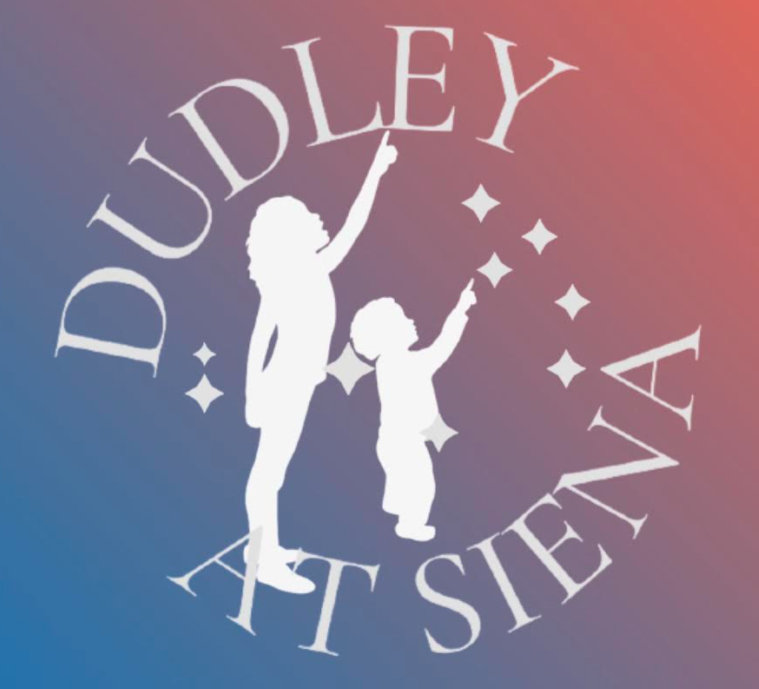Skywatch Line for Wednesday and Thursday, September 24 and 25, 2025, written by Alan French
This is Dudley Observatory’s Skywatch Line for Wednesday and Thursday, September 24 and 25, 2025, written by Alan French.
The Sun rises at 6:45 A.M. on Wednesday and sets at 6:48 P.M. On Thursday it rises at 6:46 A.M. and sets at 6:47 P.M. Thursday lost just 20 minutes,10 seconds of daylight compared to last Thursday. By the end of the month we will have lost 1 hour, 25 minutes, and 42 seconds of daylight in Schenectady.
The Moon was new on Sunday, beginning lunation 1271, and is moving toward first quarter. On Wednesday a young Moon, 9% sunlit, will be low toward the southwest just after sunset. At 7:15 P.M. it will be 4 degrees above the horizon. You will need a good view to the west southwest and clear skies to spot it. Mars will be 7 degrees away, to the Moon’s north (right) and 2 ½ degrees higher. The Moon will set at 7:45 P.M.
On Thursday the waxing Moon will be a fatter crescent cent, with 15% of its visible face sunlit. It will be just over 7 degrees high at 7:15 and more toward the southwest than on Wednesday. It will set at 8:09. The Moon will reach first quarter on Monday evening.
With the Moon setting early and the last traces of evening twilight completely gone by 8:30 P.M. these nights will be nice and dark, great for exploring the star filled sky, especially away from city lights. There are other things that will help guarantee your best view of a star filled sky.
A major aid for seeing faint stars and getting the best views is dark adaptation by your eyes. When you are in darkness there are two changes in your eyes. First, the eye’s pupil opens to let in more light. This happens quickly but only provides a modest improvement. The second and most important change is the production of a chemical, rhodopsin, also known as visual purple. It increases the sensitivity of the rods, the key to our night vision, by up to about 100,000 times. This change is gradual, is effective after 15 to 20 minutes, but continues for 30 to 40 minutes.
Since it takes time to get completely dark adapted, amateur astronomers work hard to preserve their night vision. It can be ruined by exposure to light, so a dim red light is used to read star charts and maps. A dedicated astronomer’s flashlight is variable in brightness and should only be turned up enough to just read charts when fully dark adapted. Even an overly bright red light can hurt your dark adaption. (Some use dim green lights, which also work, the key is “Keep it as dim as possible.” Some red LED flashlights claimed to preserve night vision are too bright to be most effective.) With dual red and white lights, be careful not to accidentally switch to white. The best insurance is to avoid dual lights.
Apps showing the night sky on electronic devices are extremely convenient. They usually have a night mode that turns the screen red. They should also be set at the minimum brightness that allows you to see the display.
It also helps to be comfortable. A nice reclining lawn chair is a great accessory for enjoying the night sky. Fortunately, this time of year is free of biting insects, which can be a major distraction in the spring and early summer. The nights can get chilly, so warm clothing and perhaps a blanket, throw, or quilt can keep you warm and cozy. A warm hat is also helpful and a necessity on some nights. It is surprisingly easy to get chilled under a clear night sky and better to be over prepared.
